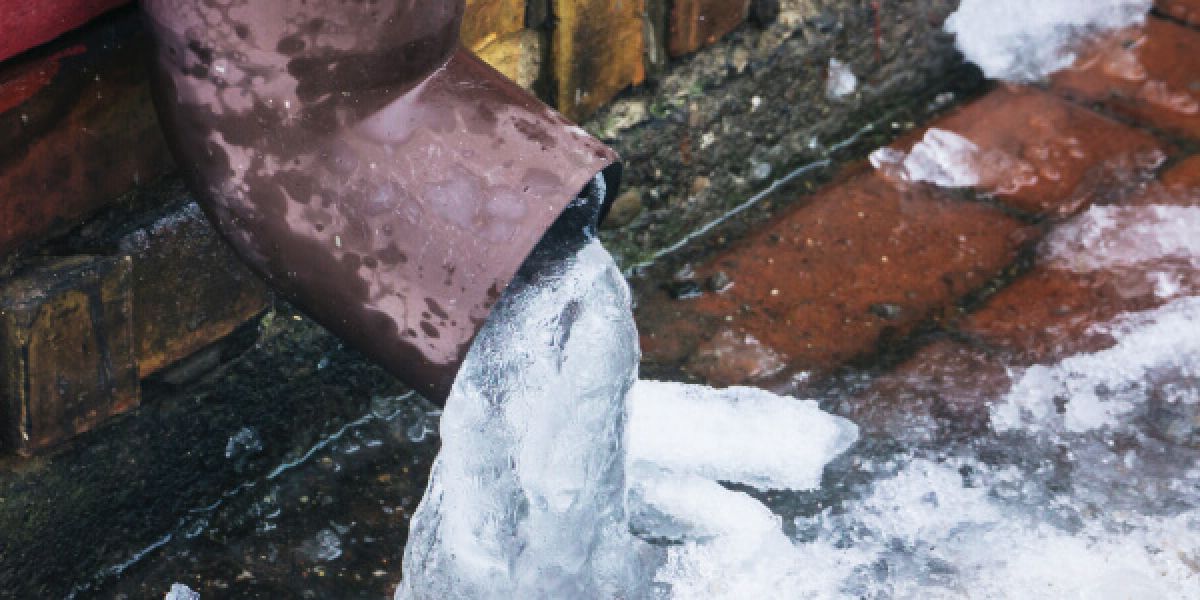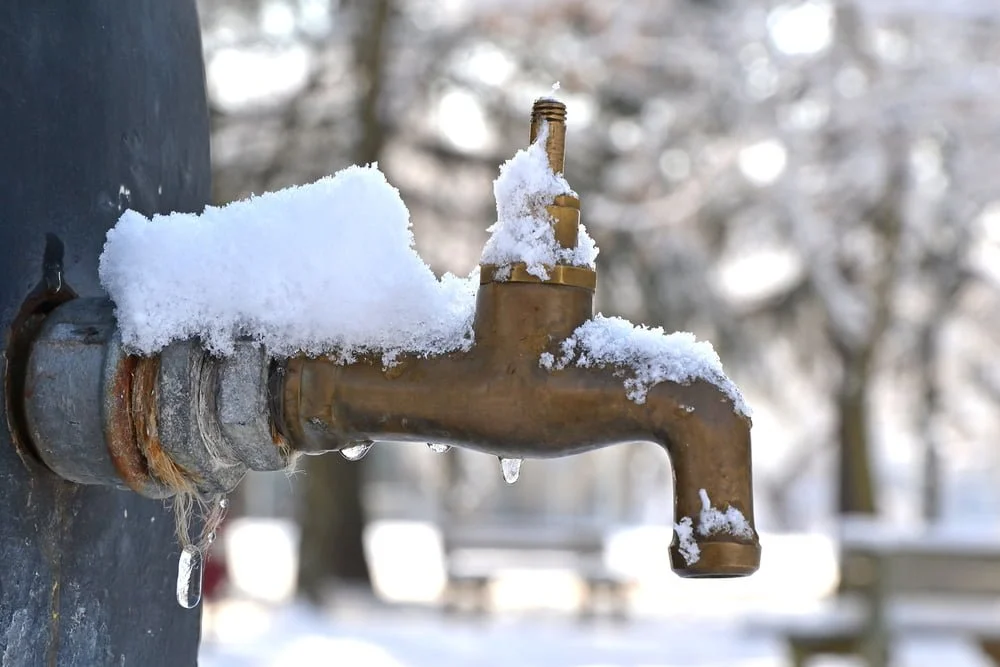Critical Methods for Avoiding Frozen Plumbing in Cold Weather
Critical Methods for Avoiding Frozen Plumbing in Cold Weather
Blog Article
Presented here down the page you can find a lot of decent guidance with regards to How To Avoid Freezing Pipes.

Cold weather can damage your pipes, especially by freezing pipelines. Below's how to avoid it from taking place and what to do if it does.
Introduction
As temperatures decrease, the danger of frozen pipelines rises, potentially resulting in pricey repair work and water damages. Understanding just how to prevent frozen pipelines is essential for house owners in cold climates.
Prevention Tips
Shielding vulnerable pipes
Cover pipes in insulation sleeves or utilize warmth tape to shield them from freezing temperature levels. Focus on pipes in unheated or exterior locations of the home.
Heating methods
Keep indoor rooms properly heated up, specifically locations with plumbing. Open up cabinet doors to enable warm air to distribute around pipes under sinks.
How to identify icy pipelines
Try to find reduced water flow from taps, uncommon odors or noises from pipelines, and visible frost on exposed pipelines.
Long-Term Solutions
Structural adjustments
Take into consideration rerouting pipelines away from outside wall surfaces or unheated areas. Include additional insulation to attics, cellars, and crawl spaces.
Upgrading insulation
Invest in high-quality insulation for pipelines, attics, and wall surfaces. Appropriate insulation helps keep consistent temperature levels and decreases the threat of frozen pipelines.
Safeguarding Exterior Plumbing
Yard hose pipes and exterior faucets
Detach and drain garden tubes before wintertime. Install frost-proof spigots or cover exterior taps with insulated caps.
Comprehending Icy Pipes
What creates pipelines to freeze?
Pipes freeze when revealed to temperatures listed below 32 ° F (0 ° C) for extended durations. As water inside the pipelines freezes, it increases, taxing the pipe walls and potentially causing them to burst.
Dangers and damages
Frozen pipelines can cause supply of water disturbances, property damages, and pricey repair work. Burst pipes can flooding homes and cause extensive structural damages.
Indicators of Frozen Pipeline
Identifying icy pipes early can prevent them from rupturing.
What to Do If Your Pipes Freeze
Immediate actions to take
If you suspect frozen pipelines, keep taps open up to ease pressure as the ice melts. Utilize a hairdryer or towels soaked in hot water to thaw pipelines slowly.
Conclusion
Preventing icy pipelines needs proactive procedures and quick reactions. By understanding the reasons, indicators, and safety nets, property owners can safeguard their pipes throughout winter.
5 Ways to Prevent Frozen Pipes
Drain Outdoor Faucets and Disconnect Hoses
First, close the shut-off valve that controls the flow of water in the pipe to your outdoor faucet. Then, head outside to disconnect and drain your hose and open the outdoor faucet to allow the water to completely drain out of the line. Turn off the faucet when done. Finally, head back to the shut-off valve and drain the remaining water inside the pipe into a bucket or container. Additionally, if you have a home irrigation system, you should consider hiring an expert to clear the system of water each year.
Insulate Pipes
One of the best and most cost-effective methods for preventing frozen water pipes is to wrap your pipes with insulation. This is especially important for areas in your home that aren’t exposed to heat, such as an attic. We suggest using foam sleeves, which can typically be found at your local hardware store.
Keep Heat Running at 65
Your pipes are located inside your walls, and the temperature there is much colder than the rest of the house. To prevent your pipes from freezing, The Insurance Information Institute suggests that you keep your home heated to at least 65 degrees, even when traveling. You may want to invest in smart devices that can keep an eye on the temperature in your home while you’re away.
Leave Water Dripping
Moving water — even a small trickle — can prevent ice from forming inside your pipes. When freezing temps are imminent, start a drip of water from all faucets that serve exposed pipes. Leaving a few faucets running will also help relieve pressure inside the pipes and help prevent a rupture if the water inside freezes.
Open Cupboard Doors
Warm your kitchen and bathroom pipes by opening cupboards and vanities. You should also leave your interior doors ajar to help warm air circulate evenly throughout your home.

We were shown that editorial about How to Prevent Your Pipes From Freezing from someone on our other web blog. Sharing is nice. Who knows, you will be doing someone a favor. I thank you for reading our article about Helpful Tips to Prevent Frozen Pipes this Winter.
Details Here Report this page